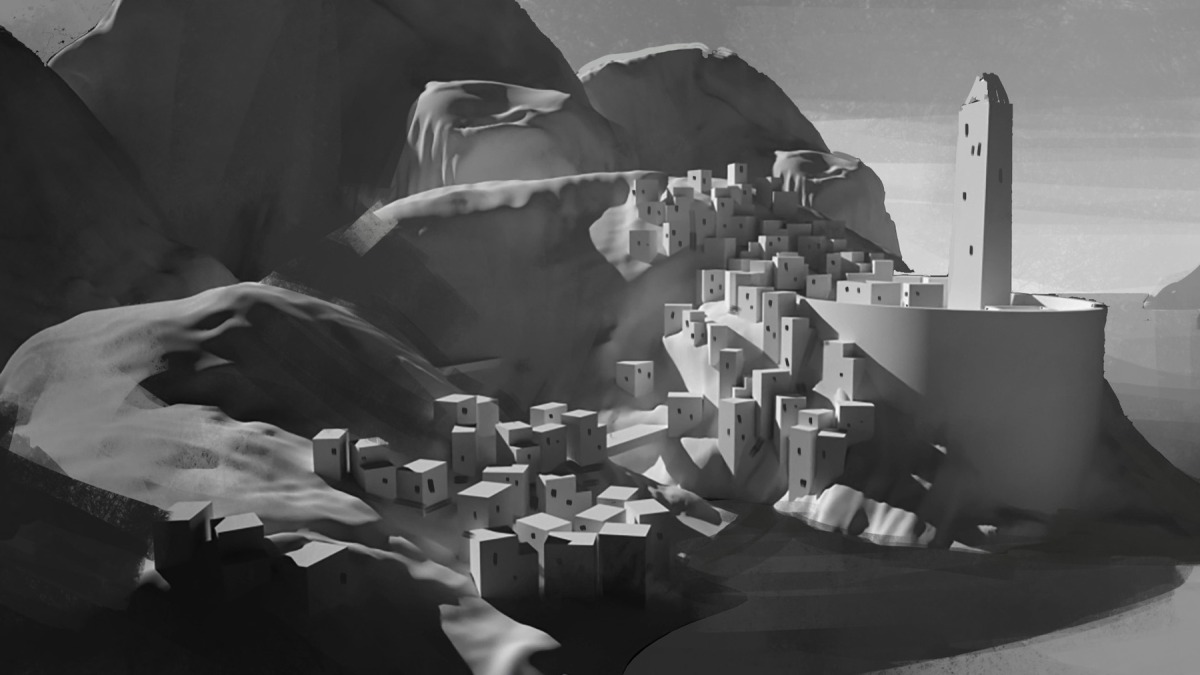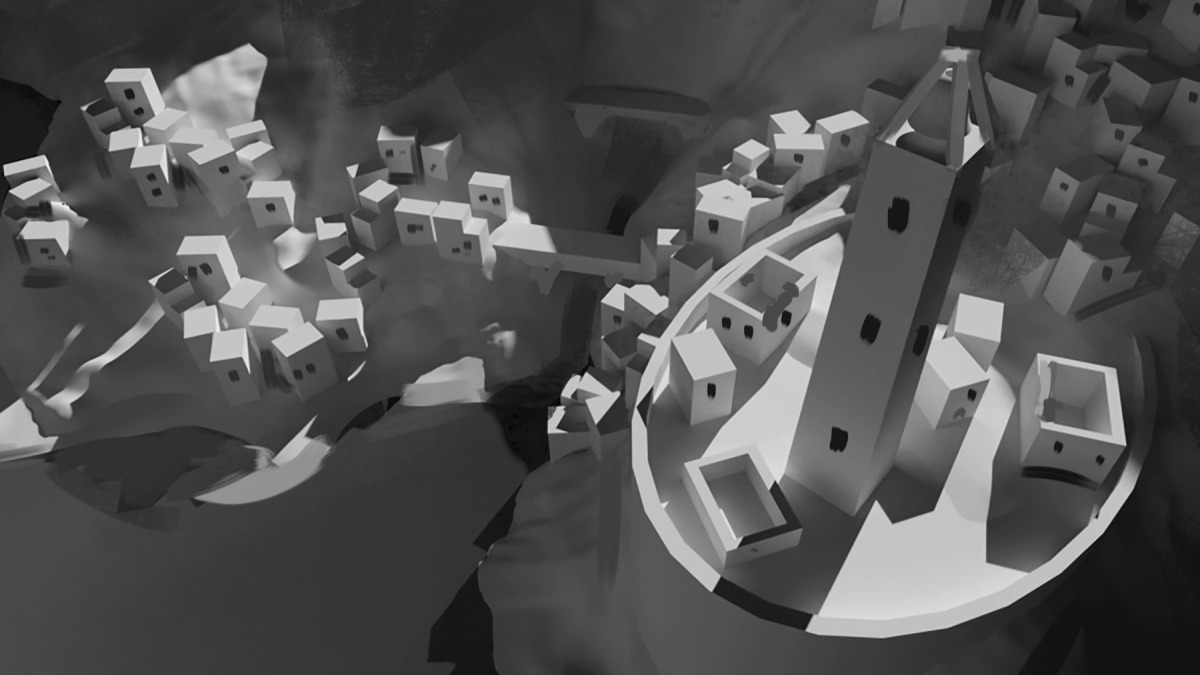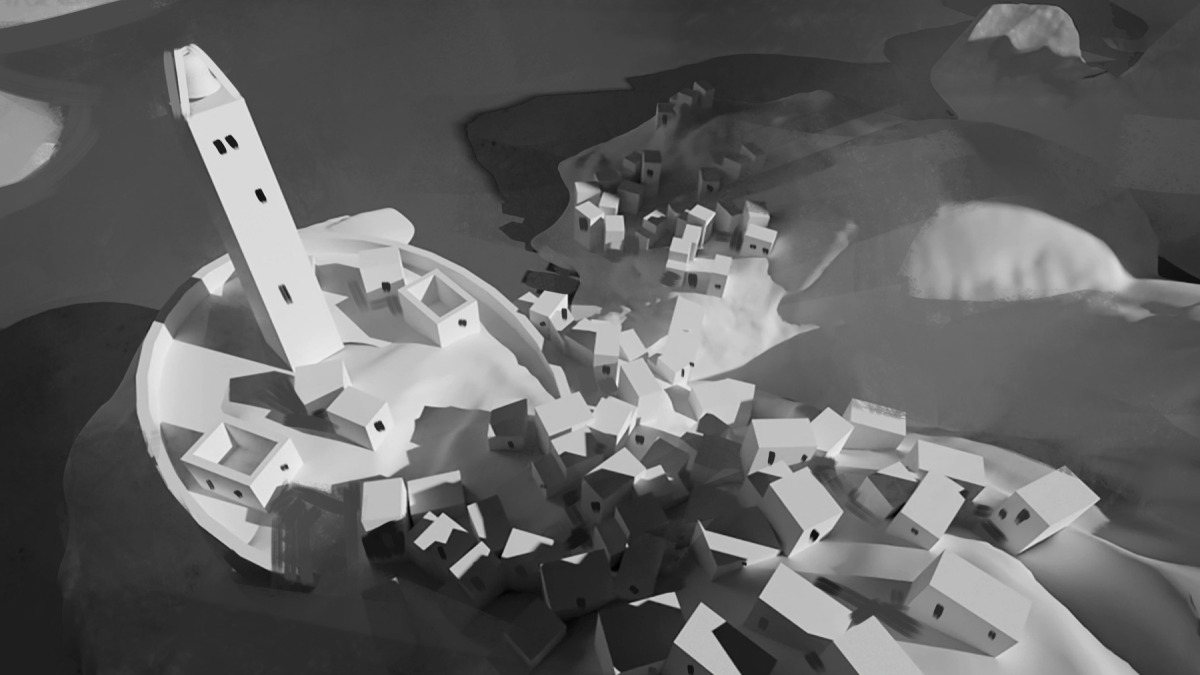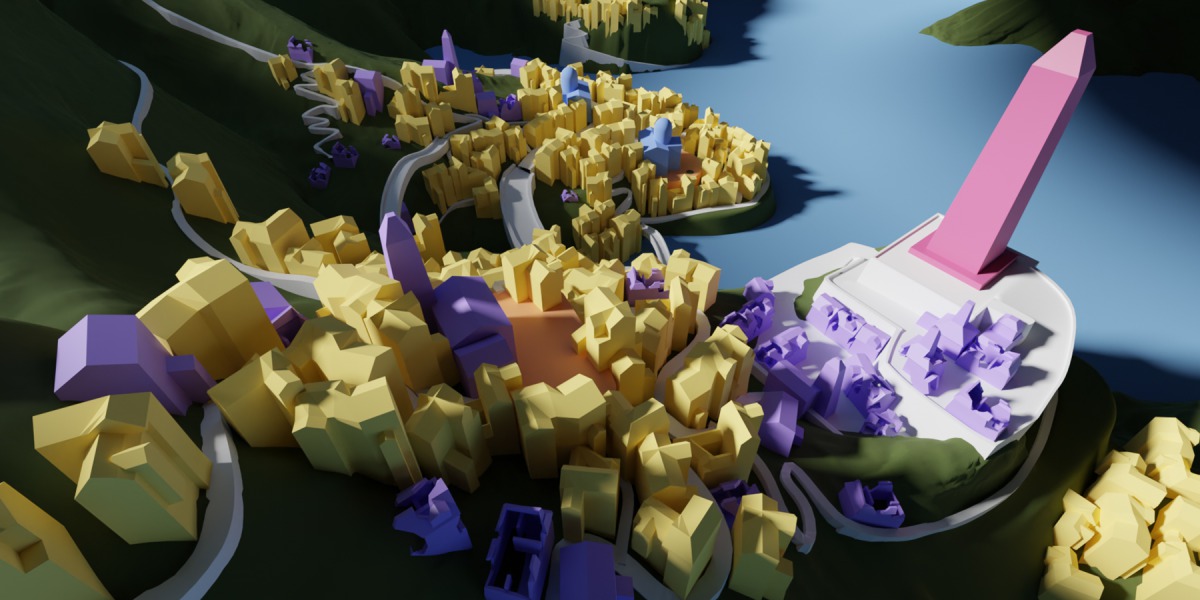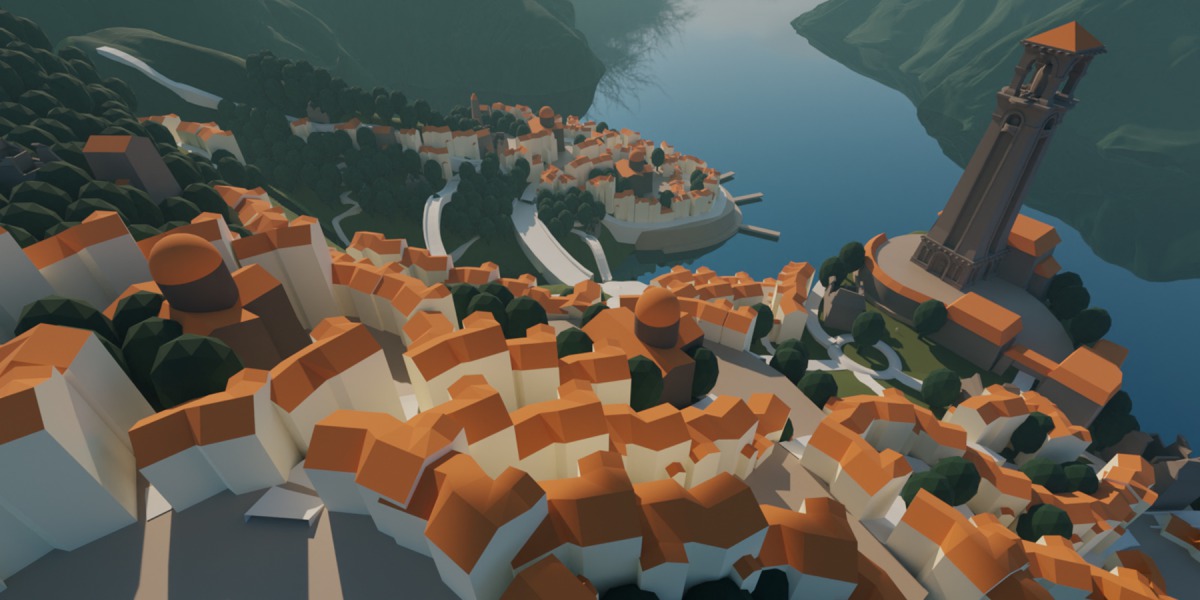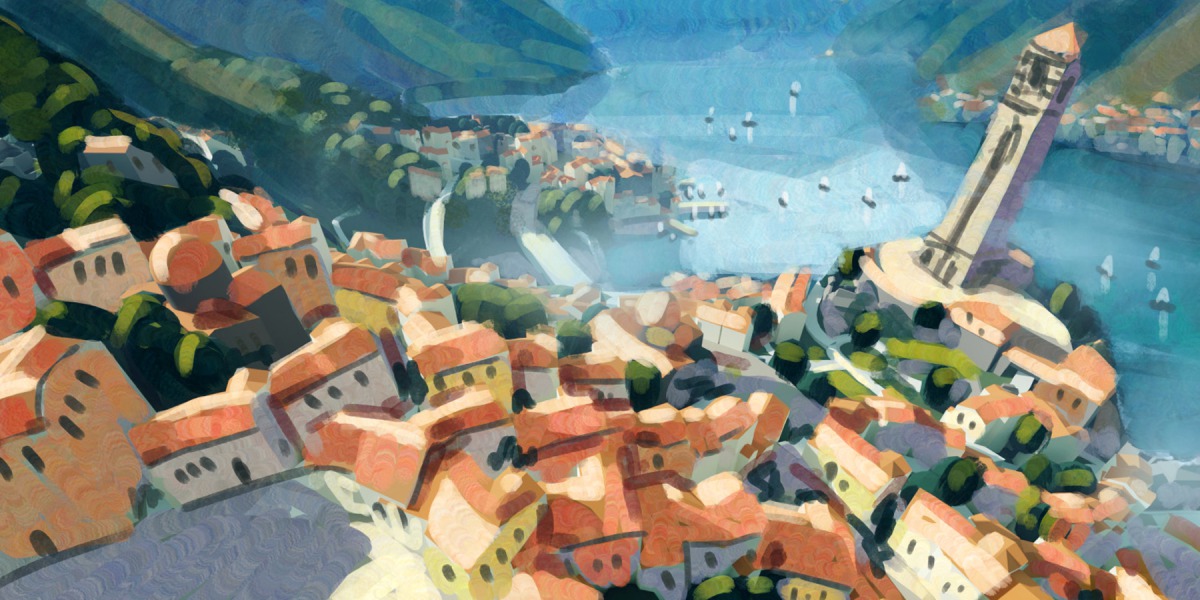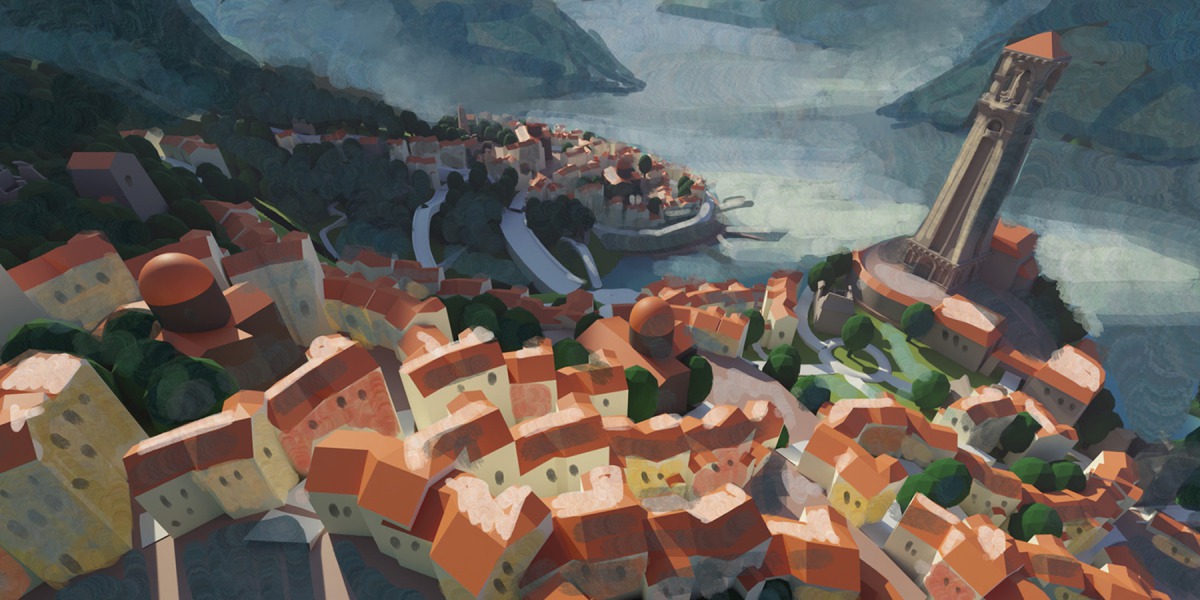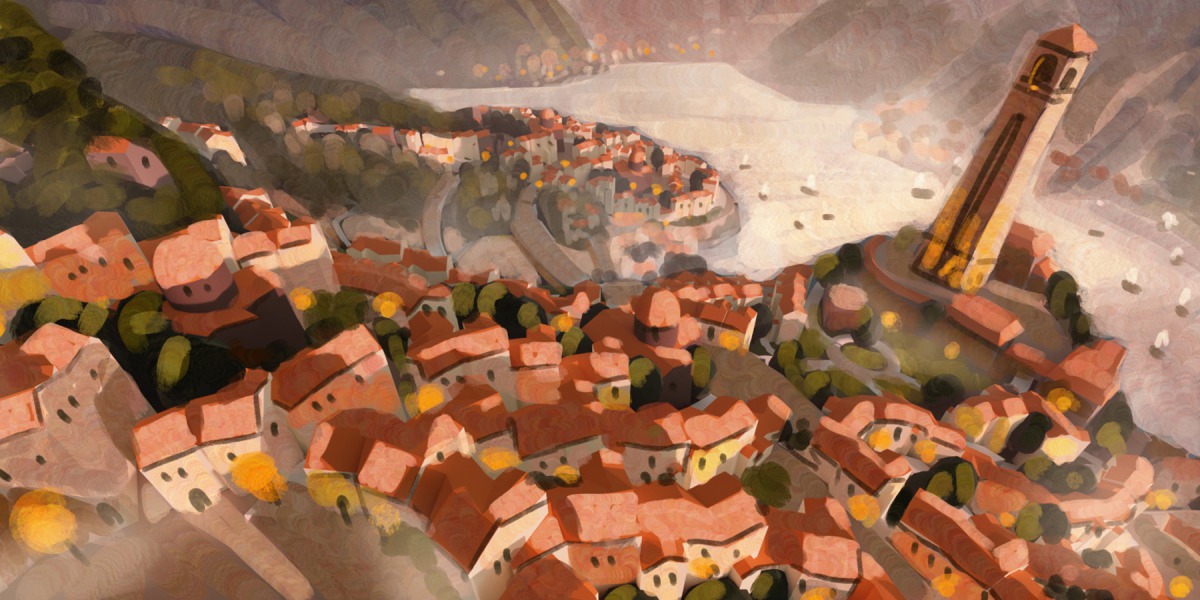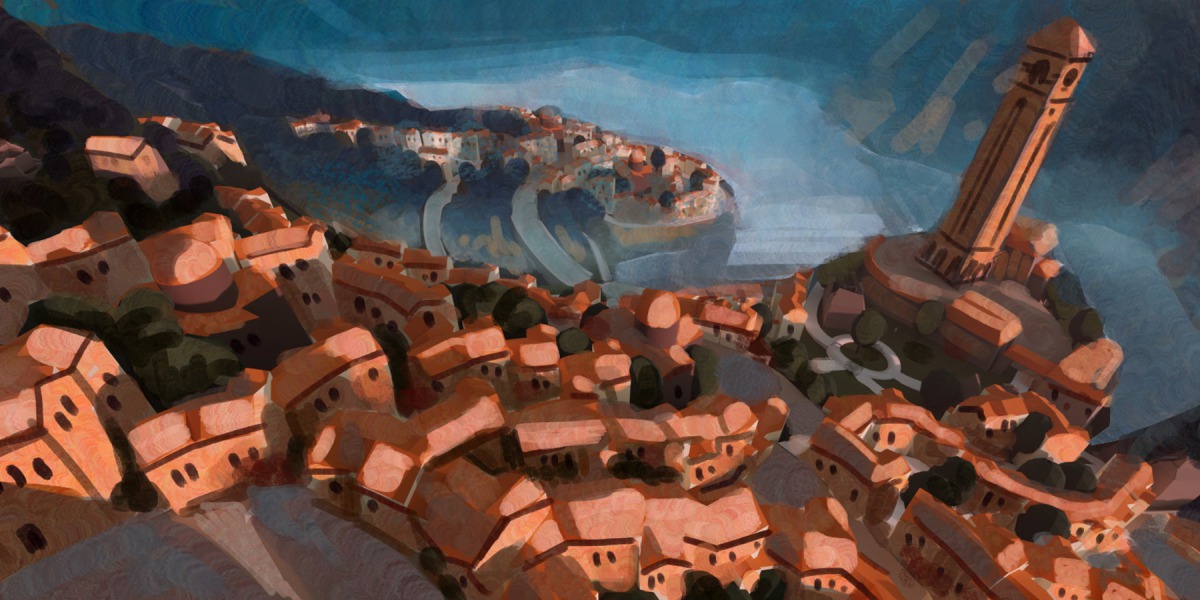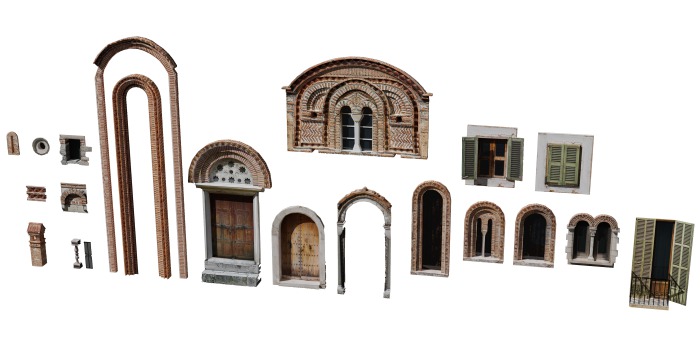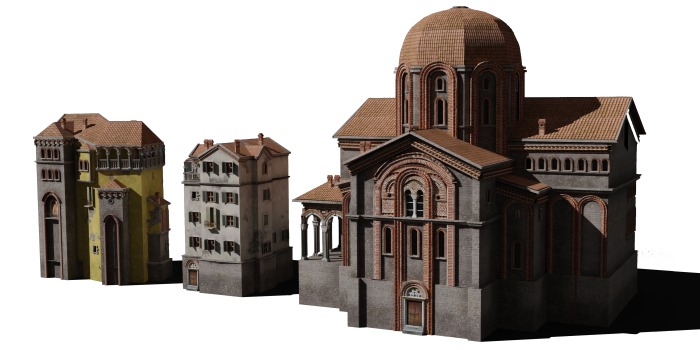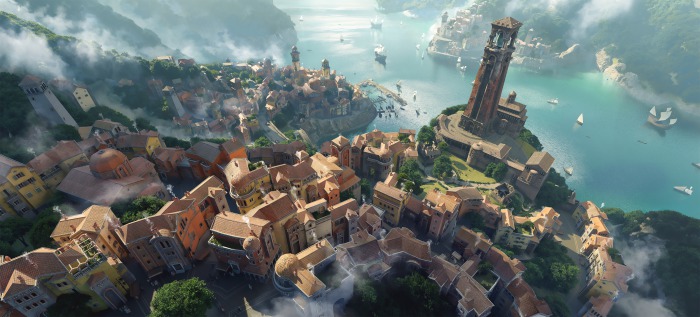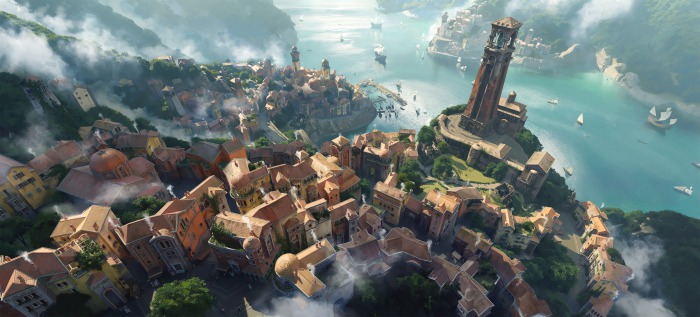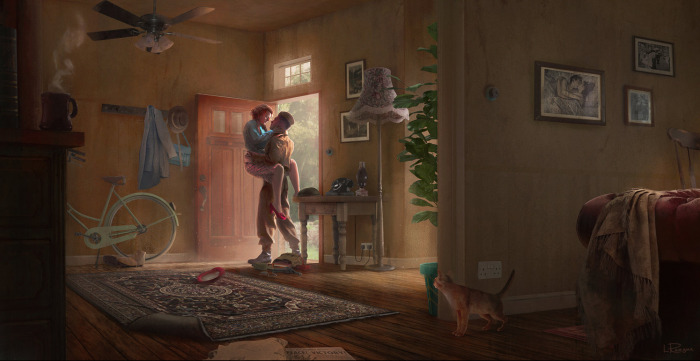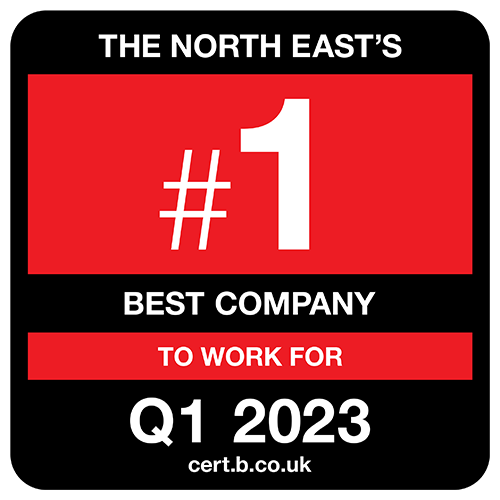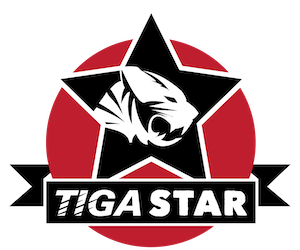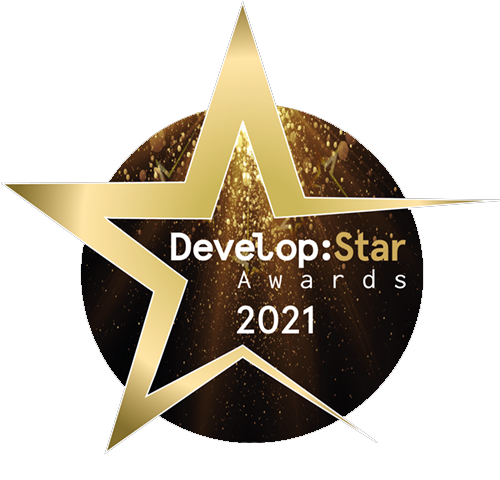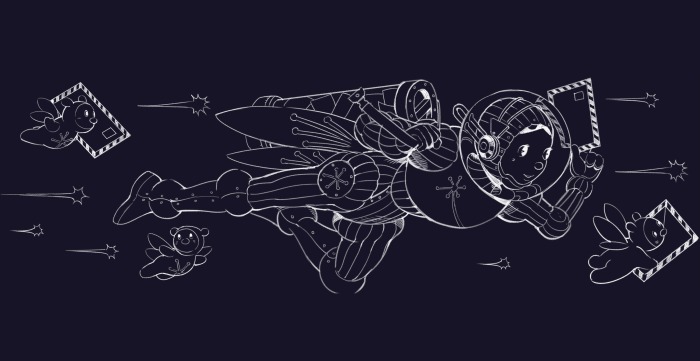One winner of our annual Art Competition gets a prize that can’t be bought, and one that becomes more precious the more you invest in it – an Atomhawk Rising Star Mentorship.
As artists and designers, we never stop learning about the world and ourselves, using that life experience to make better work. We can access formal courses, infinite webinars, and online resources to sharpen our skills. But, sometimes, the most valuable input must come from a real person – a mentor who truly sees you on your unique journey to become the best artist you can be.
A mentor is someone who helps you refine your skills, make better decisions, and gain new perspective on your life and career. A good mentor’s experience will guide and inspire your work now, and your career.
The value of effective mentorship has always been known in the art world. During the Renaissance period, before art education institutions opened, students of art (known as garzoni) would live in a master’s workshops, starting their training with menial tasks, such as preparing panels and grinding pigments. They’d progress to drawing skills, first copying drawings made by their masters or other artists. Their masters would guide them to paint in their style, so they could contribute to commissions. Eventually, the students would go on to develop their own style, and take on students of their own.
Last year’s Forgotten Creation competition saw Charlotte Kügler win the Rising Star Mentorship. The judges were particularly impressed with the storytelling, care, and detail Charlotte invested in her entry illustration. She was the ideal candidate to take advantage of a mentorship with an Atomhawk artist. As well as the mentorship, Charlotte received a Wacom Cintiq 22, courtesy of Wacom and Escape Technology. Other prizes included store credit from art education experts 3dtotal and Proko.


